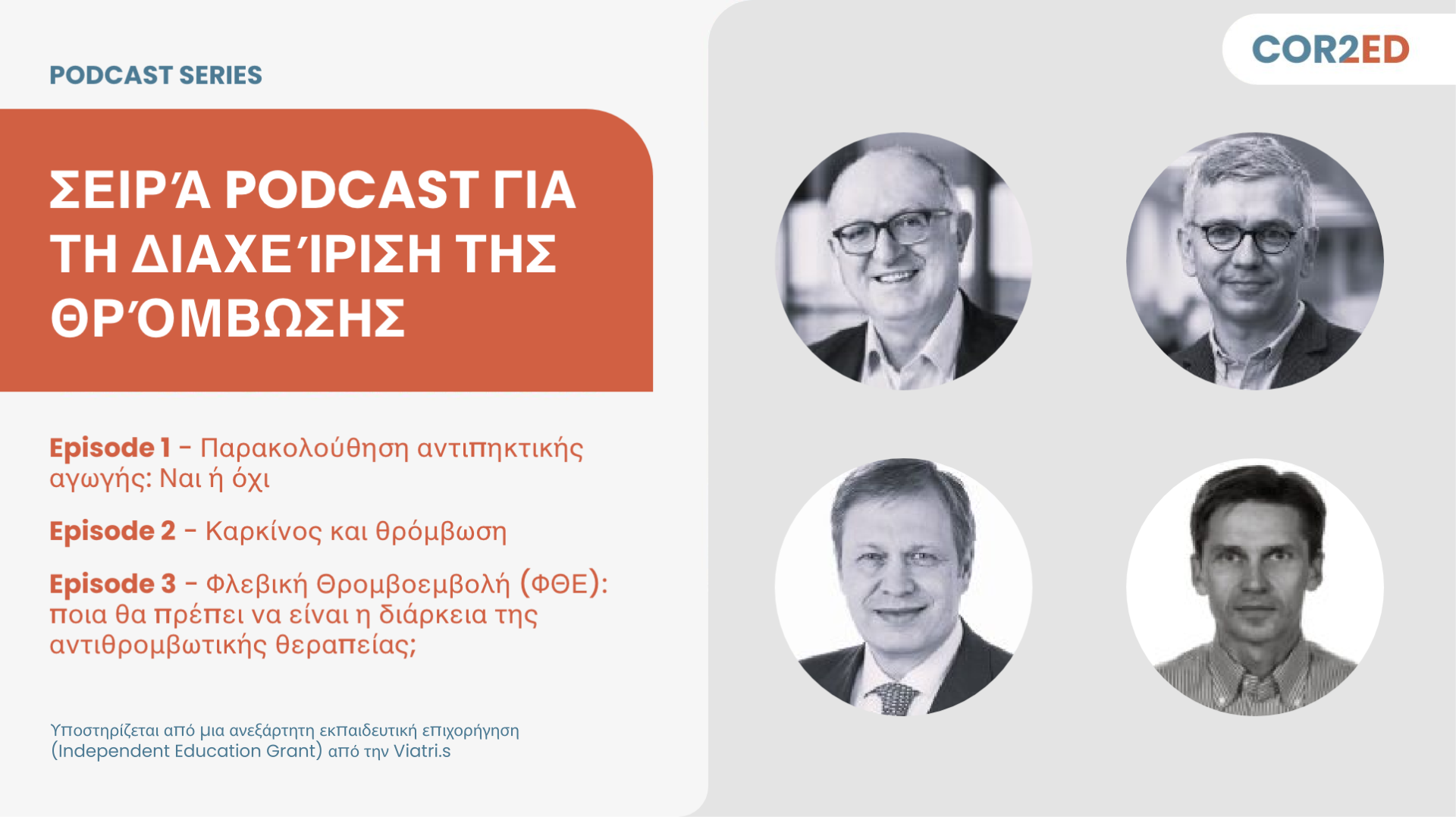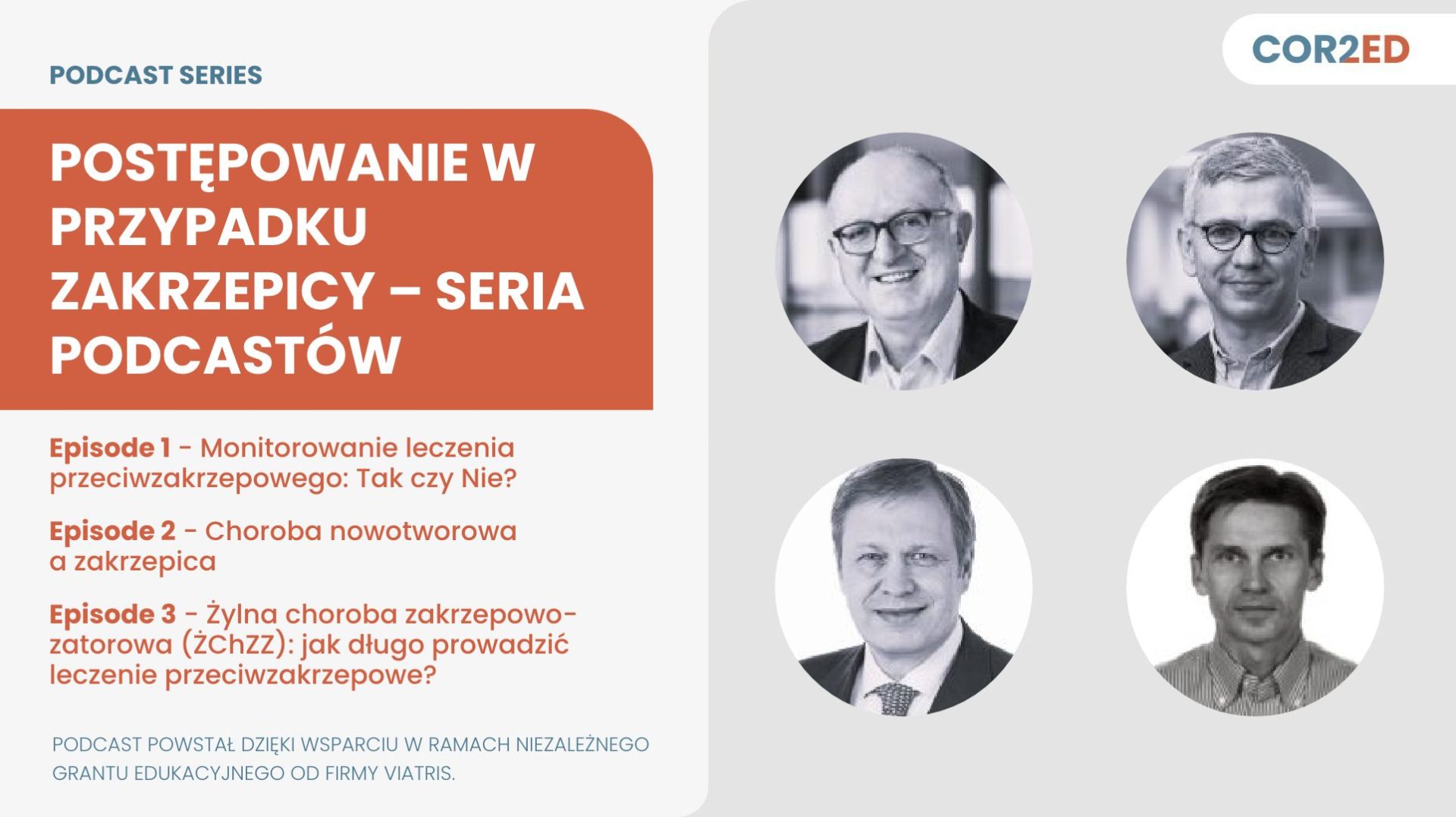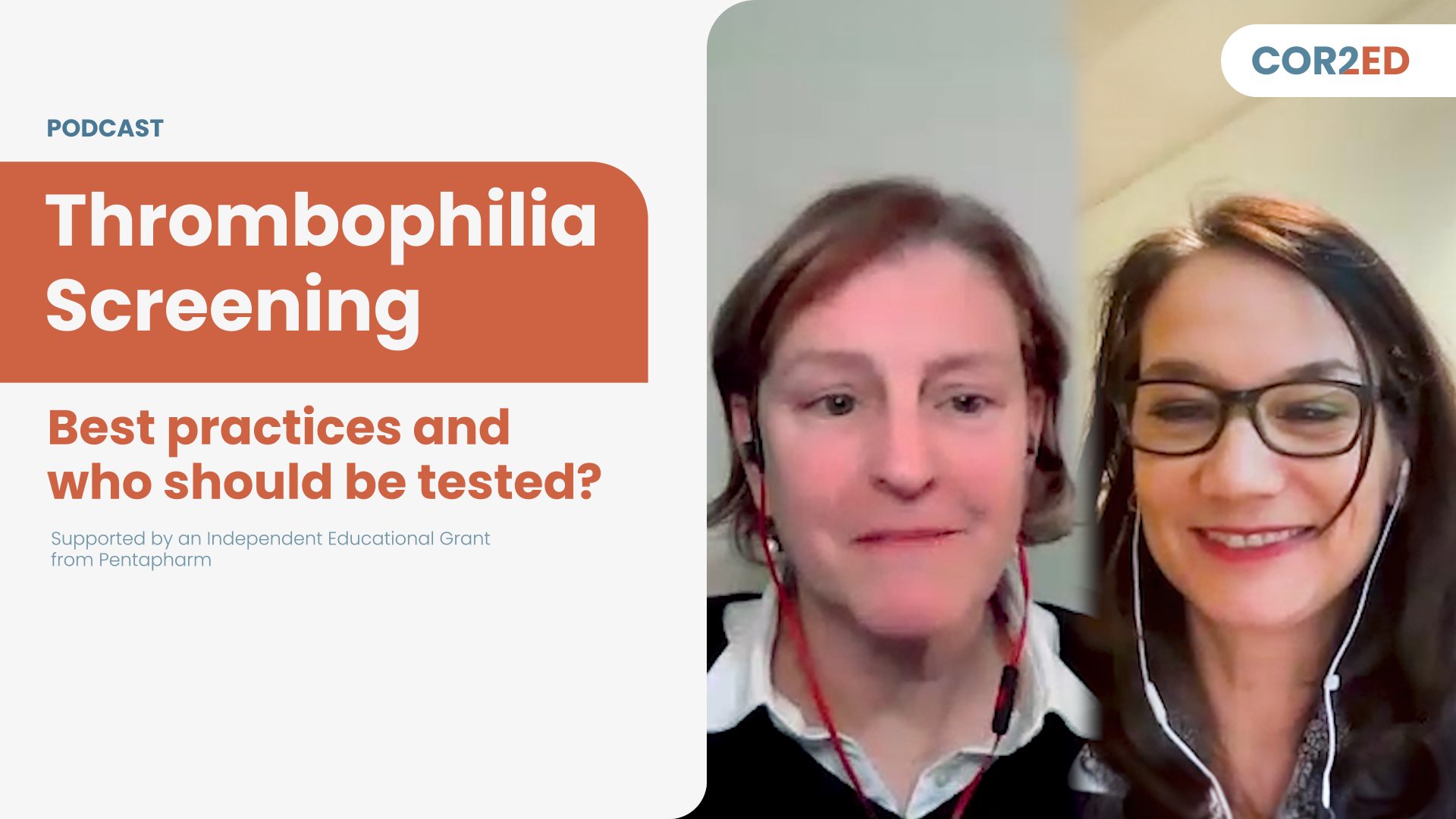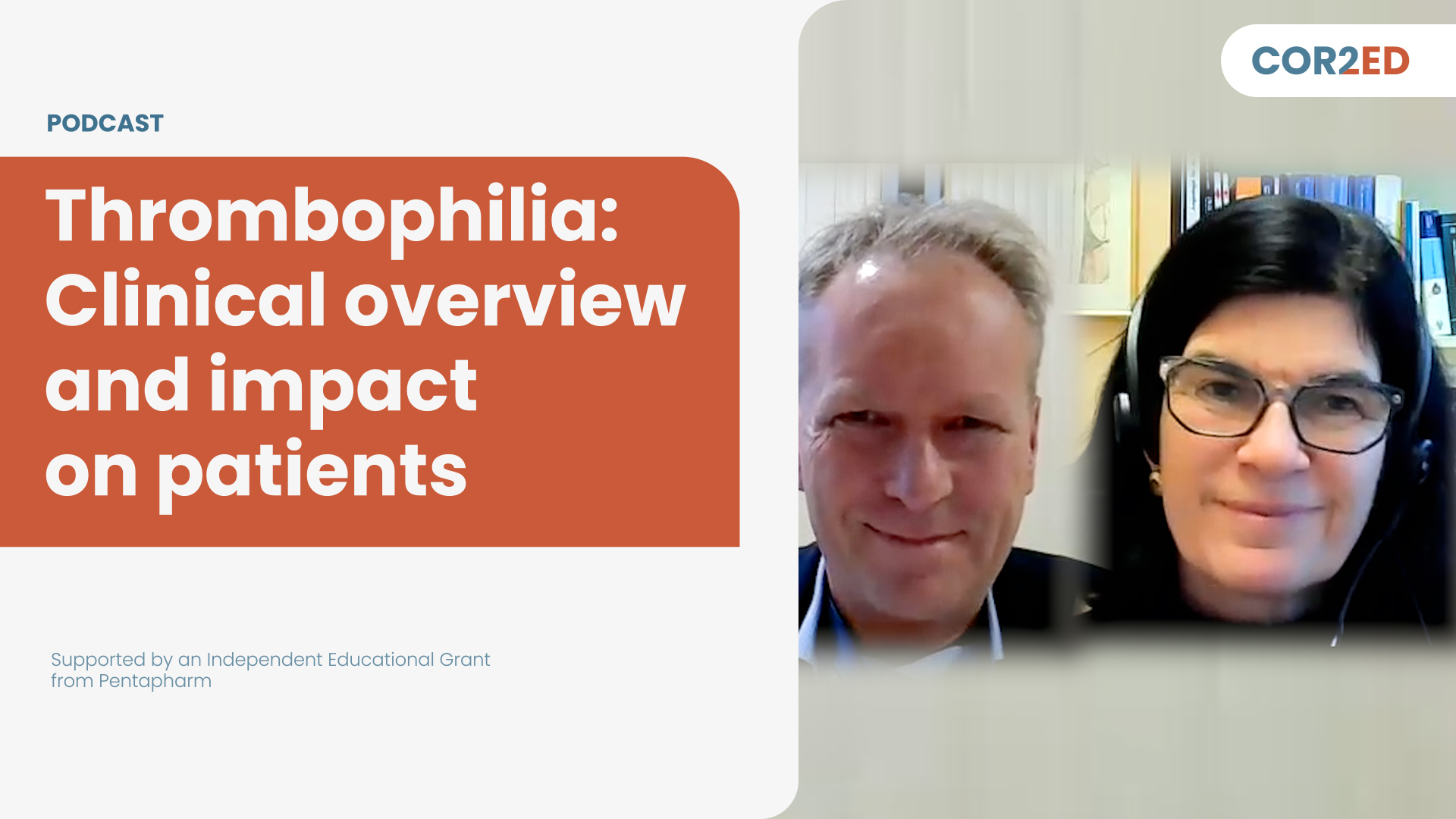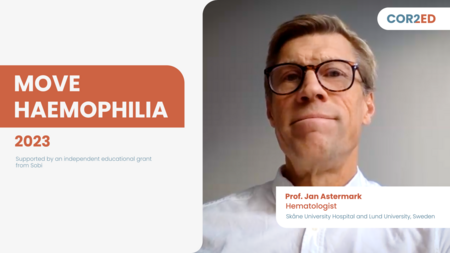Hemostasis medical education programmes to support HCPs in their decision making for clinical practice
Programmes in Hemostasis and bleeding disorders
Showing 1 to 6 of 49 results

Serie de podcasturi referitoare la gestionarea trombozei
Experți de renume din domeniul medical își împărtășesc perspectivele. Navigați în secțiuni pentru a selecta un episod al podcastului
Experts
Prof. Dimitrios Tsakiris, Dr Lars Asmis, Prof. Jerzy Windyga, Prof. Daniel BolligerΣειρά podcast για τη διαχείριση της θρόμβωσης
Αναλύσεις από καταξιωμένους ειδικούς ιατρούς. Πλοηγηθείτε στις καρτέλες για να επιλέξετε ένα επεισόδιο podcast
Experts
Prof. Dimitrios Tsakiris, Prof. Michael Nagler, Dr Lars Asmis, Prof. Jerzy WindygaPostępowanie w przypadku zakrzepicy – seria podcastów
Uznani eksperci dzielą się swoimi spostrzeżeniami. Kliknij na odpowiednią zakładkę, aby wybrać odcinek podcastu.
Experts
Prof. Dimitrios Tsakiris, Prof. Michael Nagler, Dr Lars Asmis, Prof. Jerzy WindygaThrombophilia testing: Who to test and when?
Episode 2 - Medical experts discuss the controversies around thrombophilia testing, review the current ASH guidelines and share their views on best practice
Experts
Prof. Saskia Middeldorp, Prof. Jean ConnorsThrombophilia: Clinical overview and impact on patients
Episode 1 - Experts discuss the main causes and symptoms of thrombophilia, and potential implications for the patient
Experts
Prof. Cedric Hermans, Prof. Sabine EichingerMOVE Haemophilia 2023
Implementing international guidelines and best practices for hemophilia in clinical practice
Experts
Prof. Ana Boban, Dr Christoph Königs, Prof. Jan Astermark, Prof. Pratima Chowdary, Dr Steven Kitchen, Dr Sebastien LobetHemostasis is a complex physiological process that entails preventing blood loss from damaged vessels. It is a dynamic balance of anti-coagulation and pro-coagulation molecules and consists of three sequential processes.
Primary hemostasis
The interaction between the damaged endothelium, von Willebrand factor (VWF), and platelets is a vital process for the development of a platelet plug at the injury site.
Secondary hemostasis
The coagulation cascade is initiated on the surfaces of injured endothelium and activated platelets, where clotting factors are being activated. This leads to the formation of a fibrin mesh which provides stability to the formed platelet plug to allow wound healing.
Tertiary hemostasis
Fibrinolysis breaks down the platelet plug that allows normal structure of the endothelium, smooth endothelial lining, and normal lumen size.
Disorders of hemostasis, or an imbalance in the blood's clotting process, can both result in either hypocoagulation (bleeding) or hypercoagulation (thromboembolic disorders). Hereditary bleeding disorders are caused by the absence or deficiency of specific clotting proteins. The most common hereditary bleeding disorders are hemophilia A, hemophilia B, von Willebrand disease and immune thrombocytopenia (ITP).
Hemostasis has now been widely studied for more than a century. Life science research has generated a very detailed picture of the molecular and cellular events that play roles in normal and pathological hemostasis. Novel medication for treatment of hemostatic disorders is still a significant area of interest, taking hemophilia treatment as an example.
Explore the latest medical education programmes in hemostasis and bleeding disorders to support your clinical decision-making.
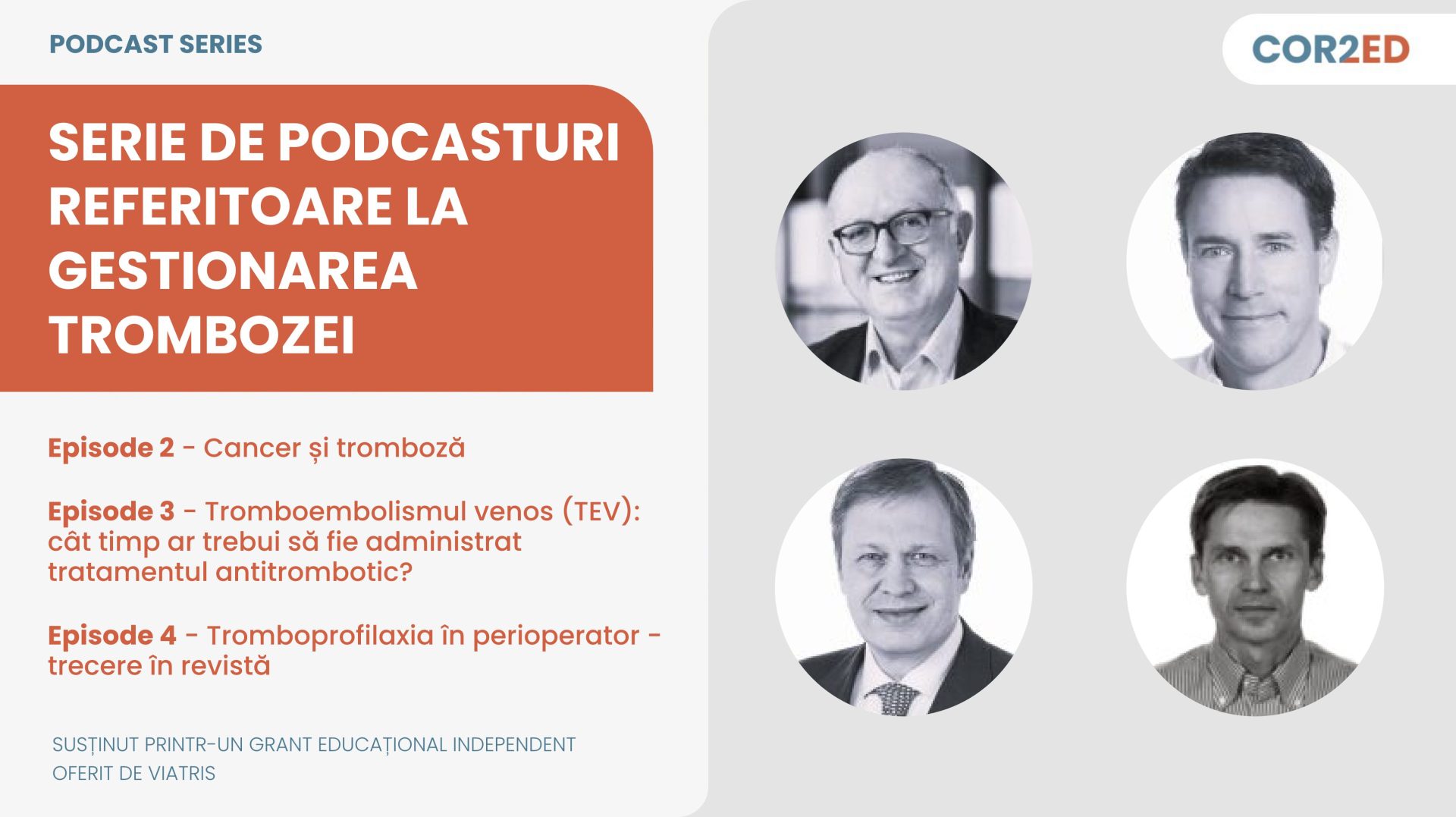
 Downloadable
Downloadable  21 MIN
21 MIN
 May 2025
May 2025 